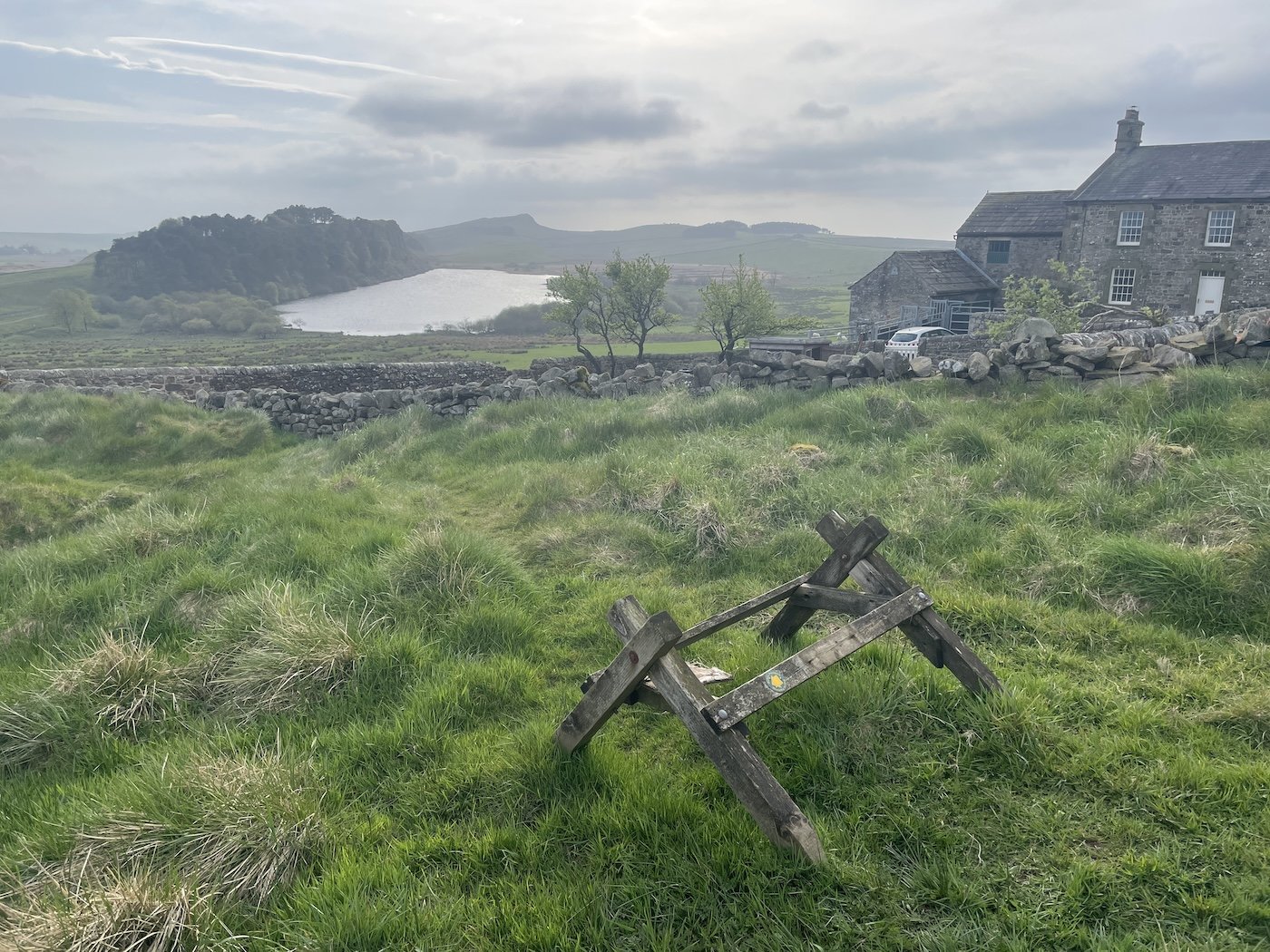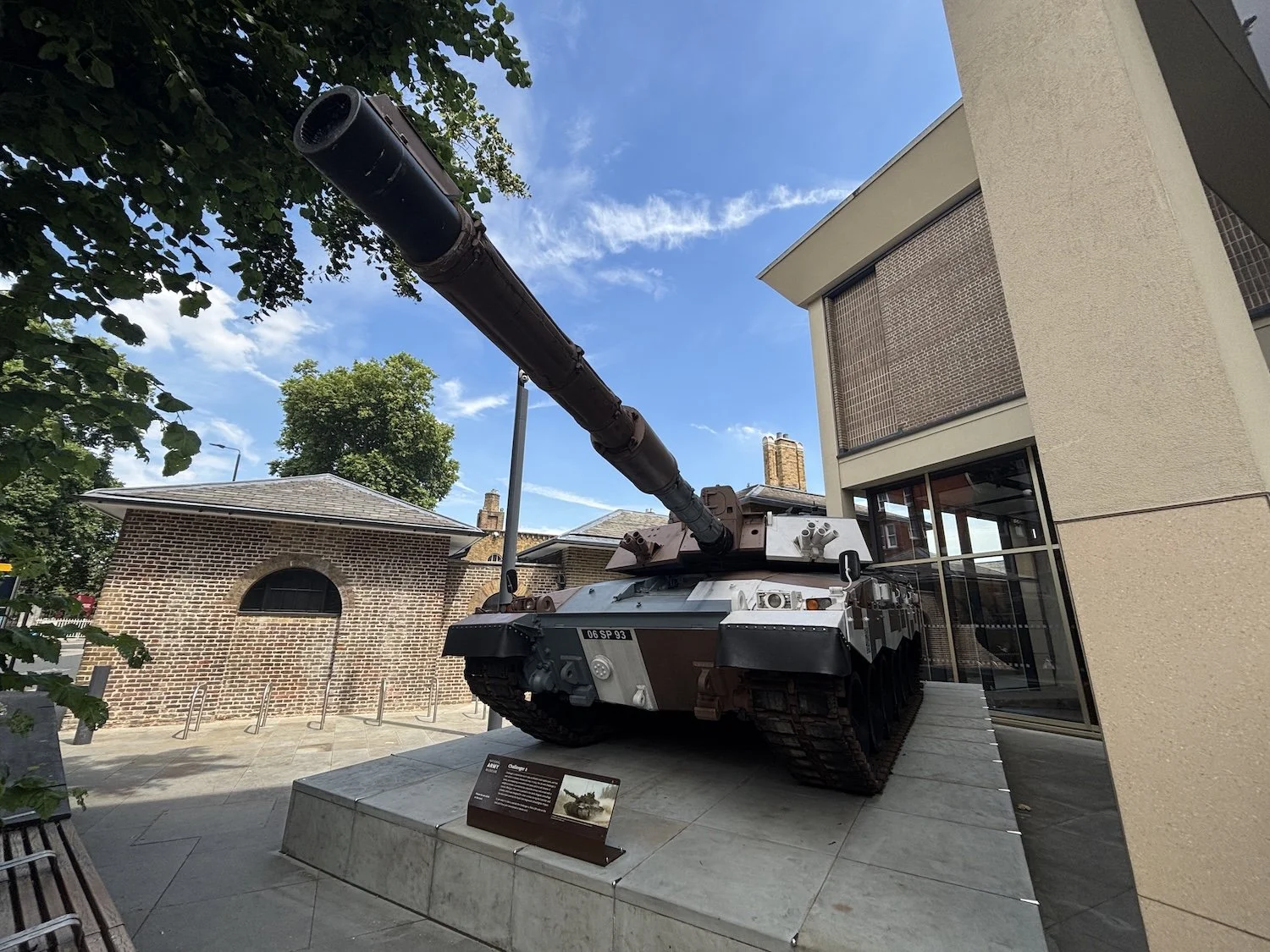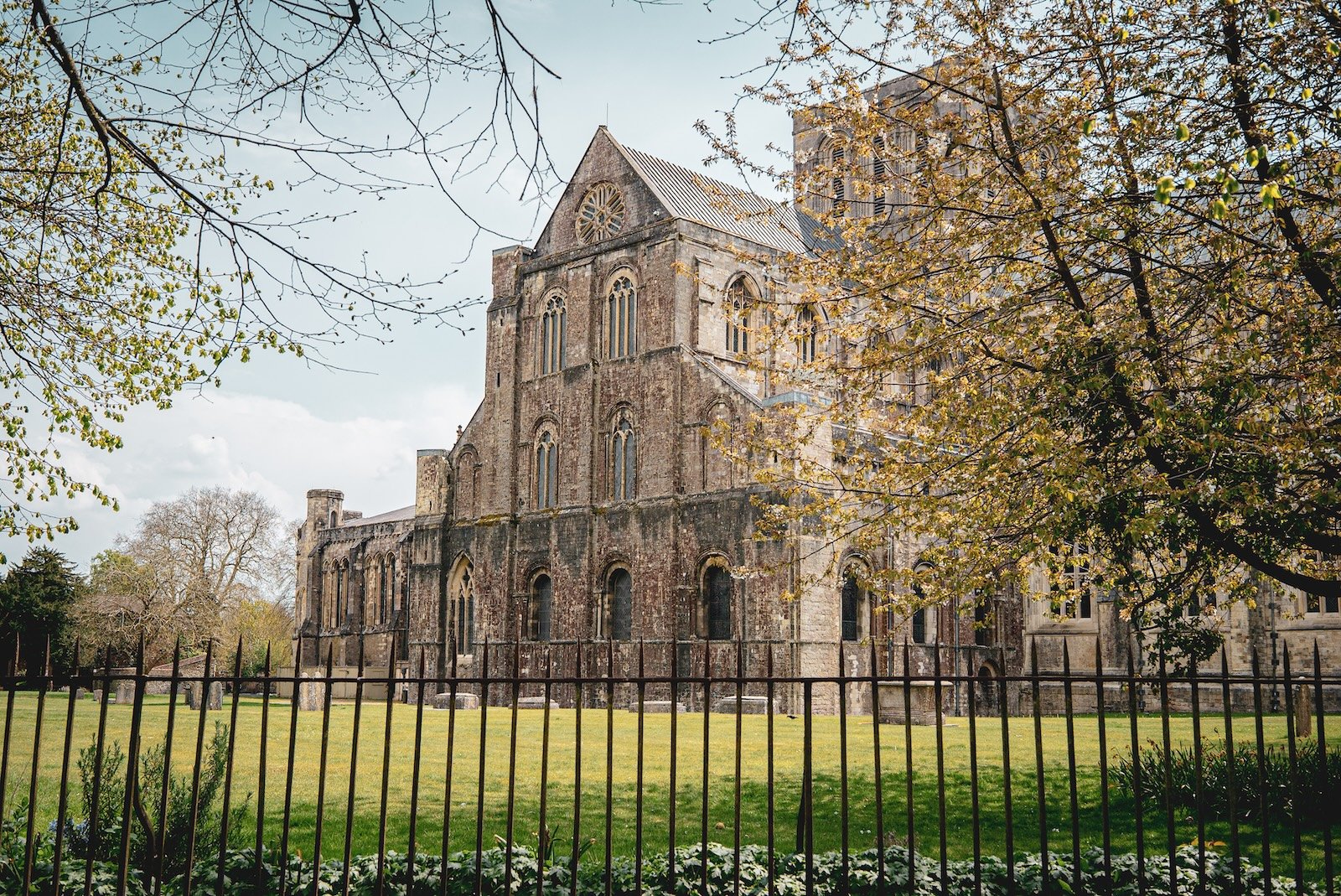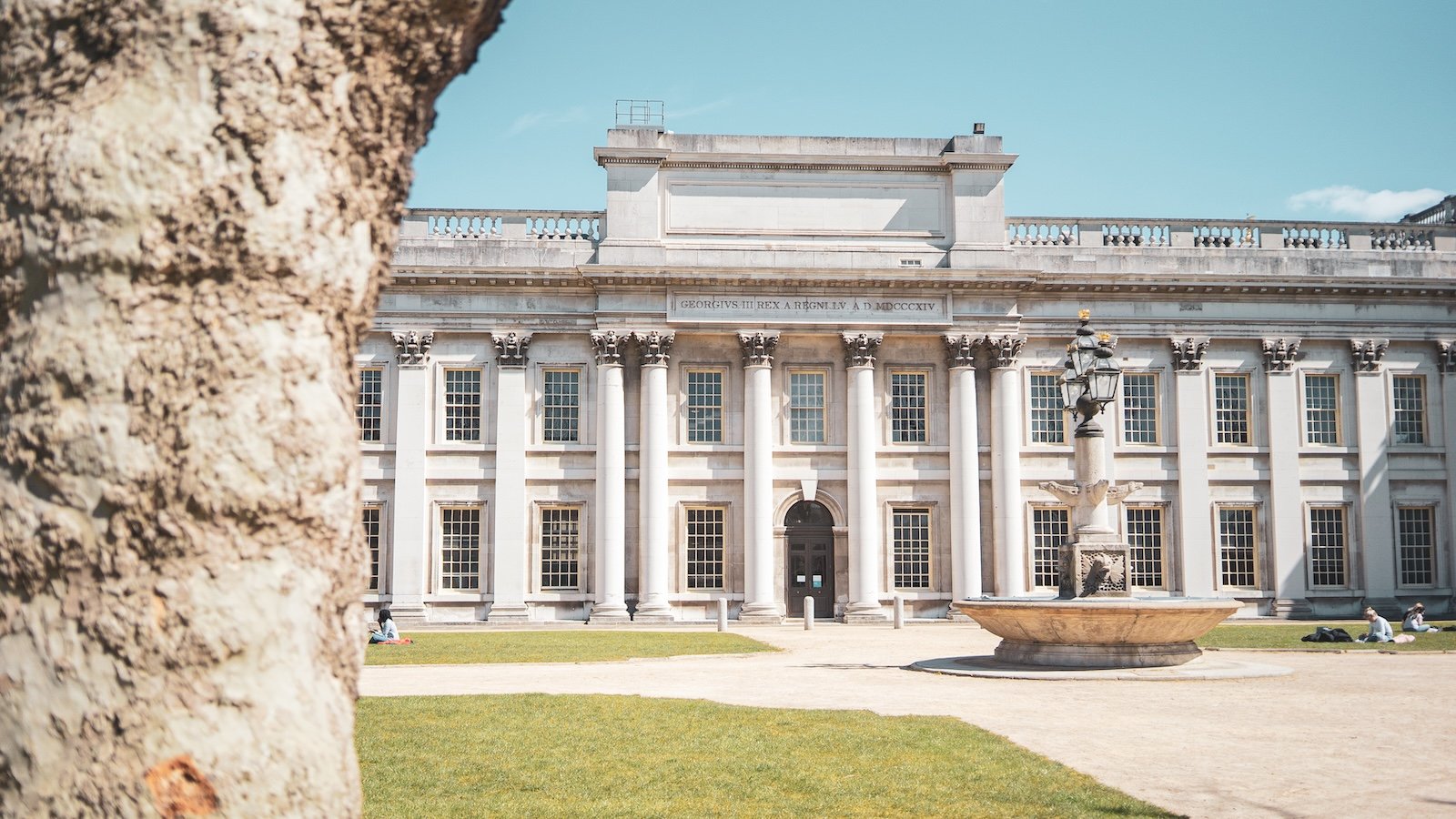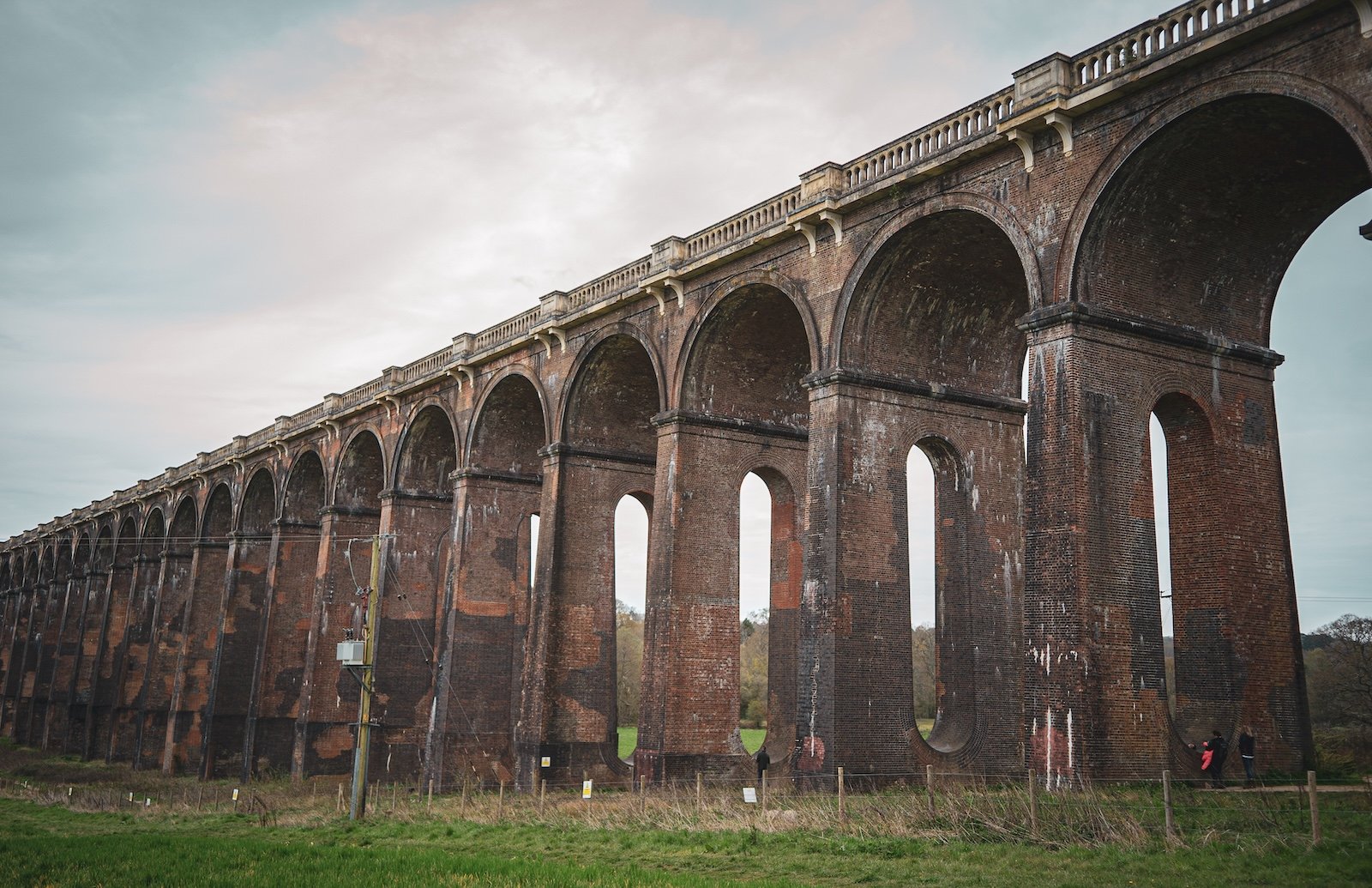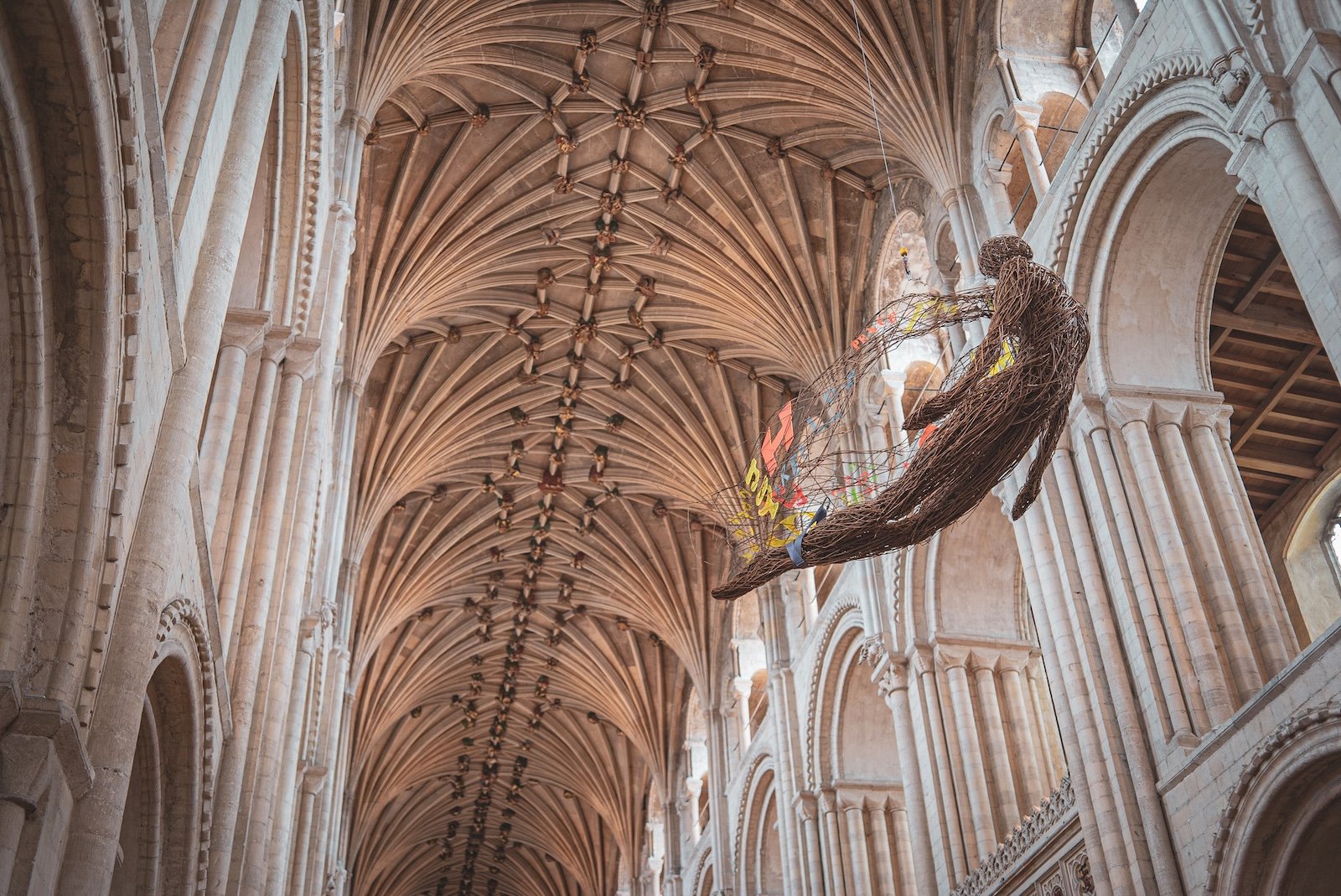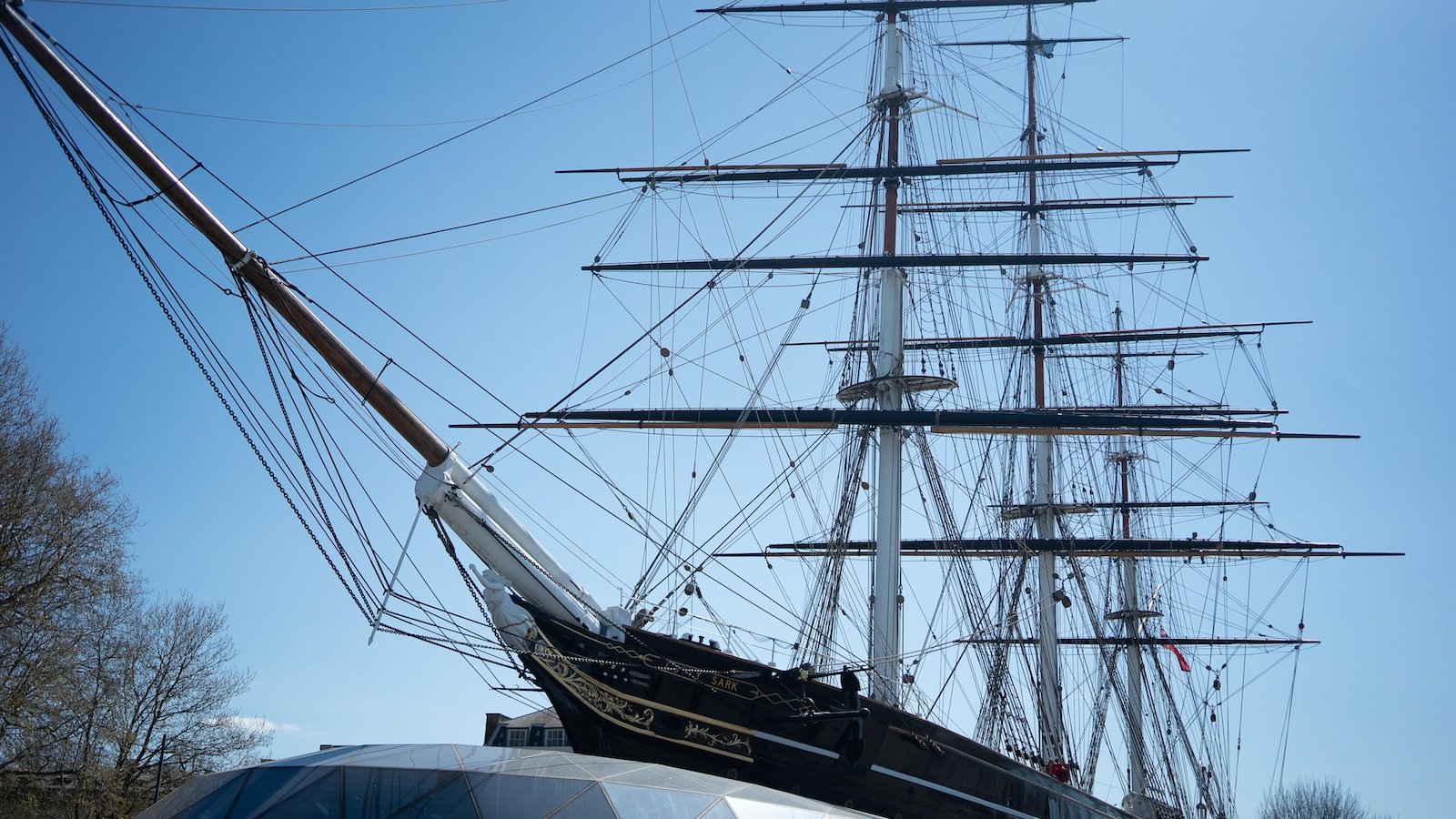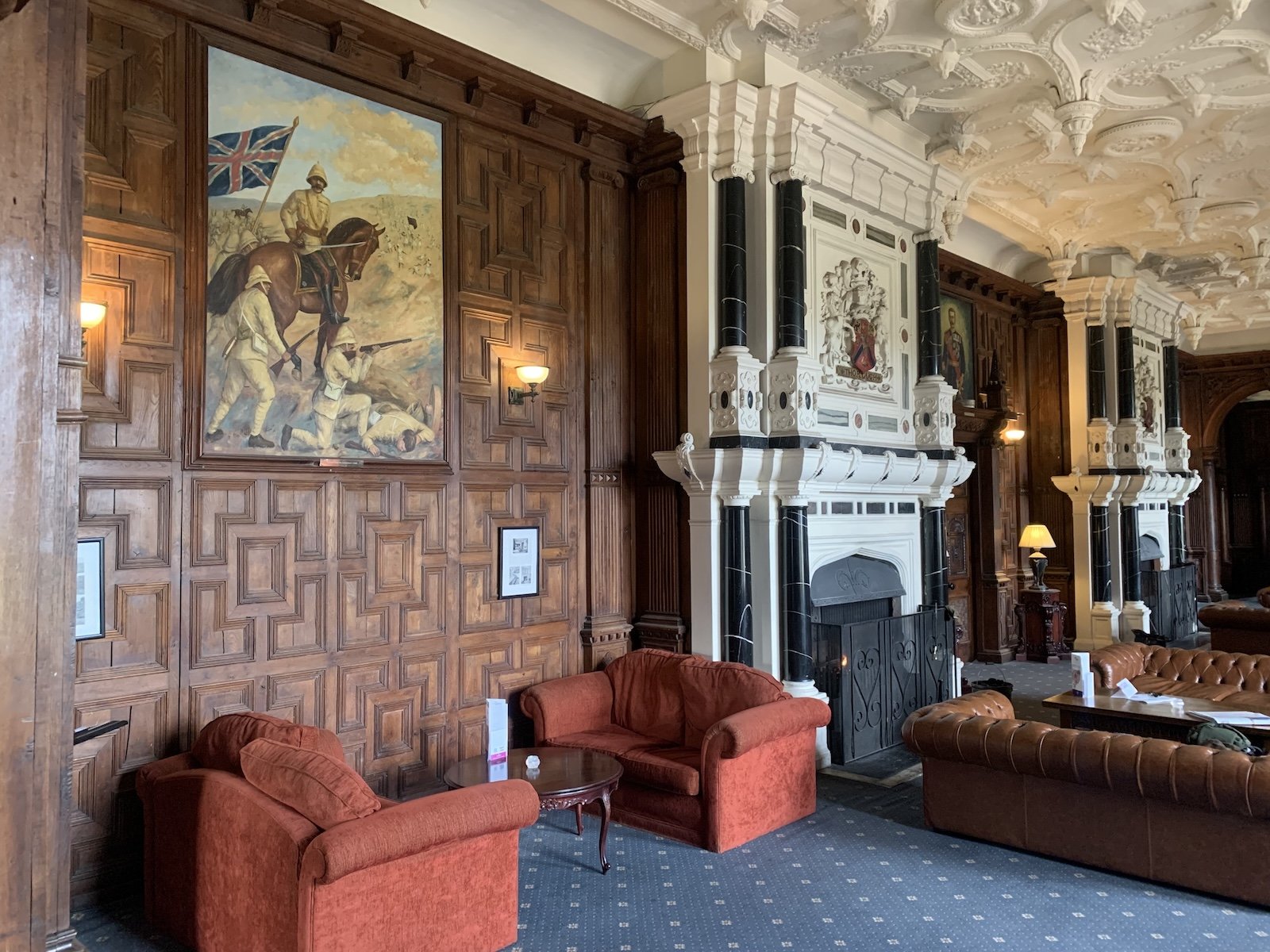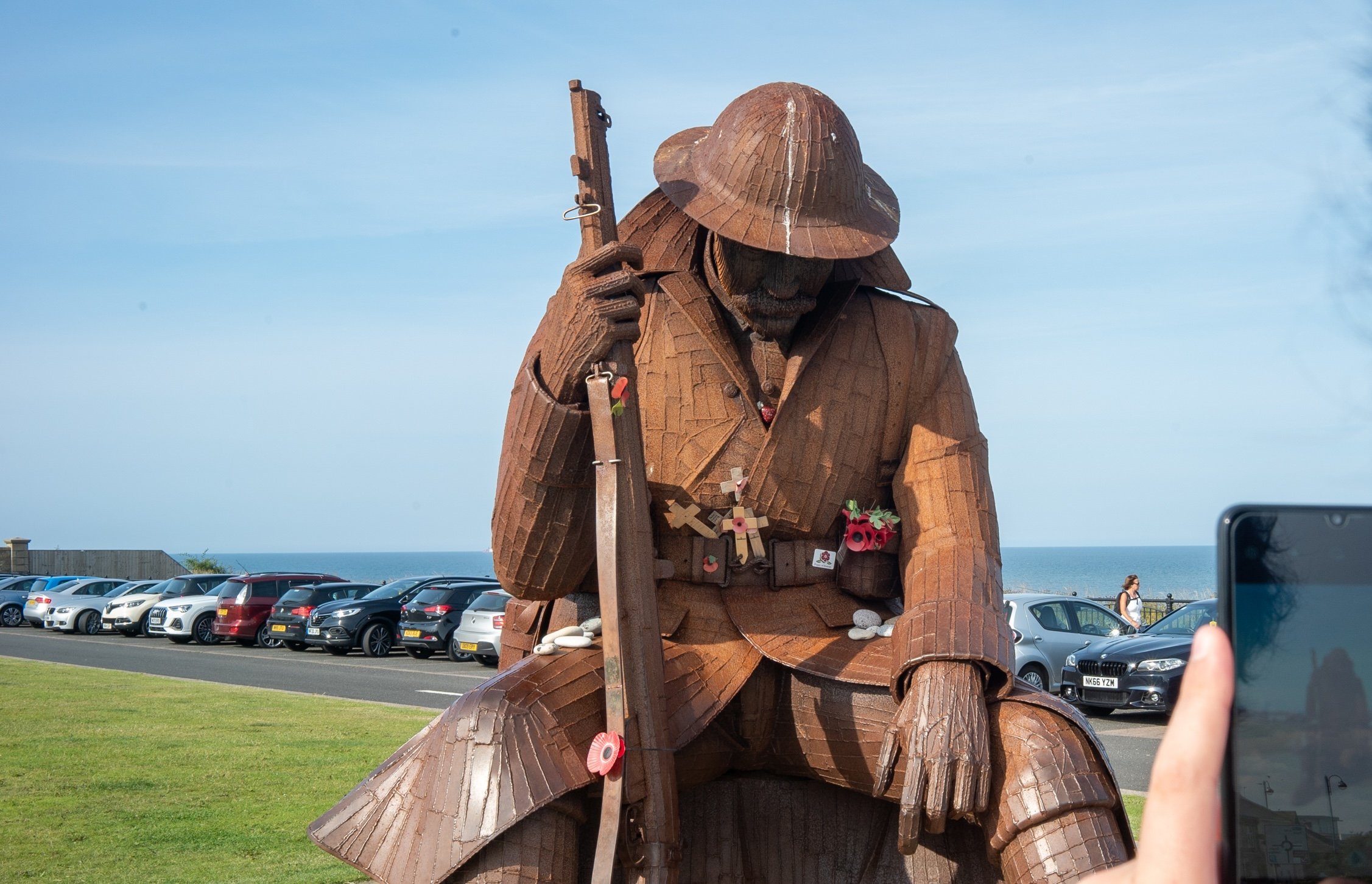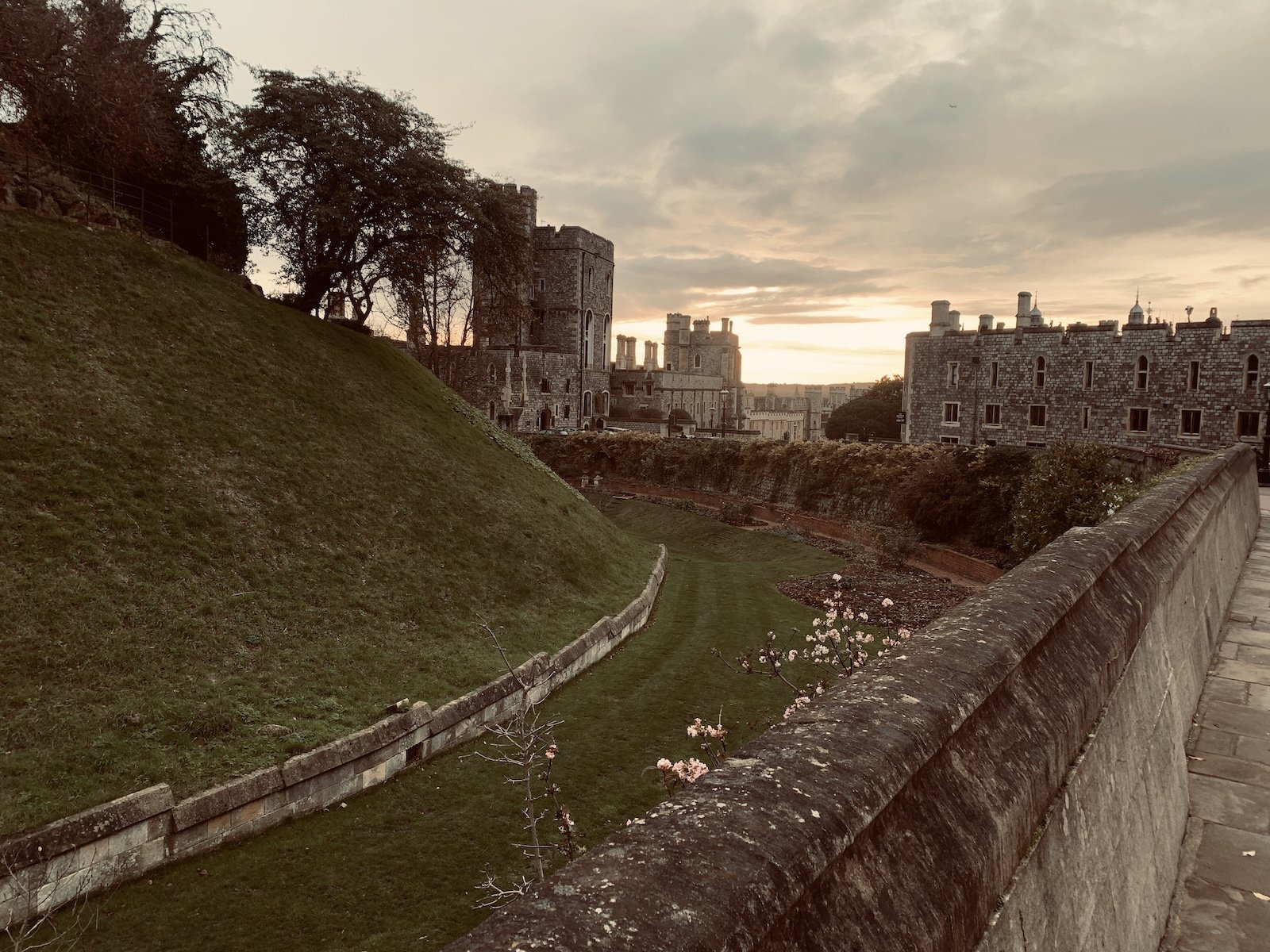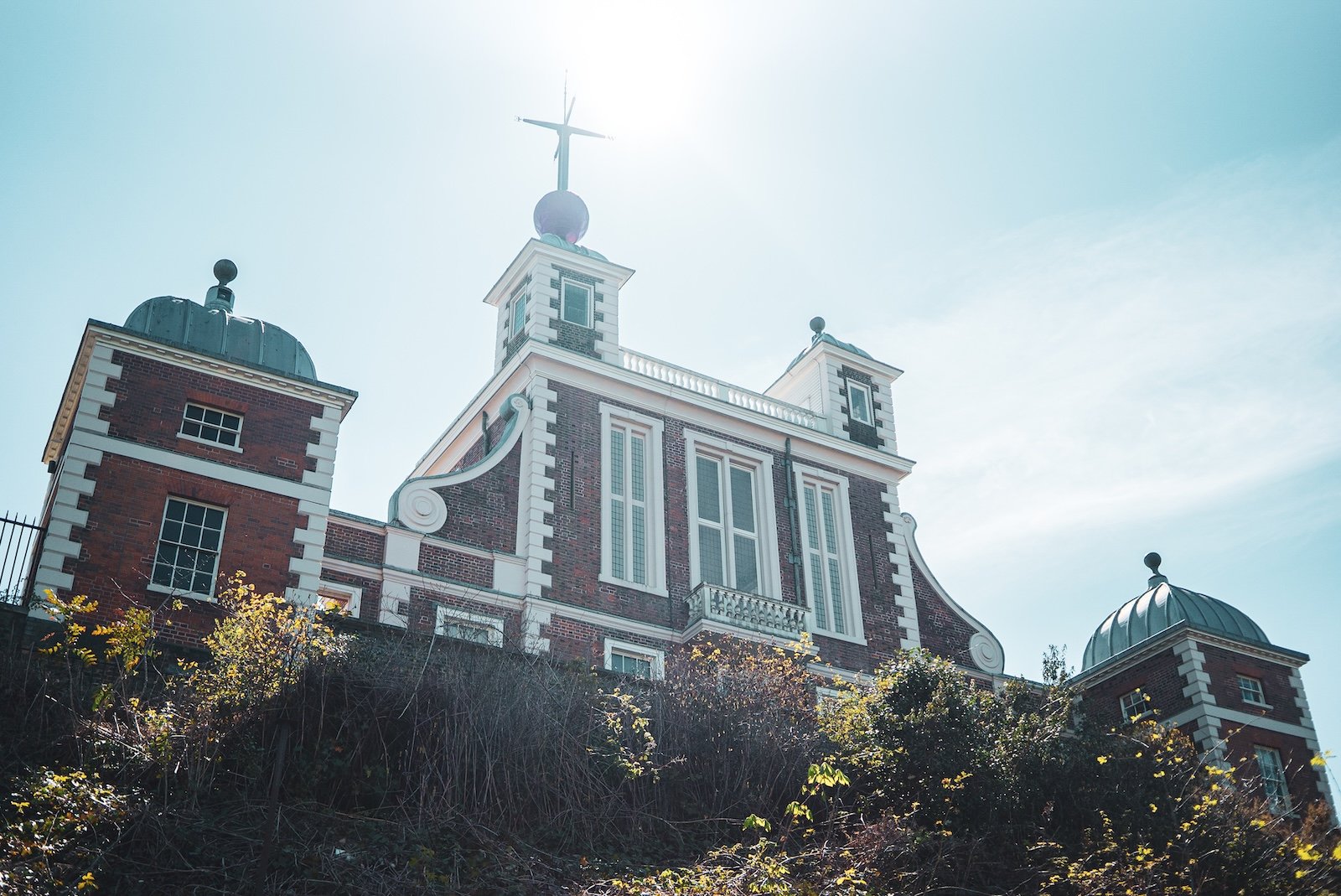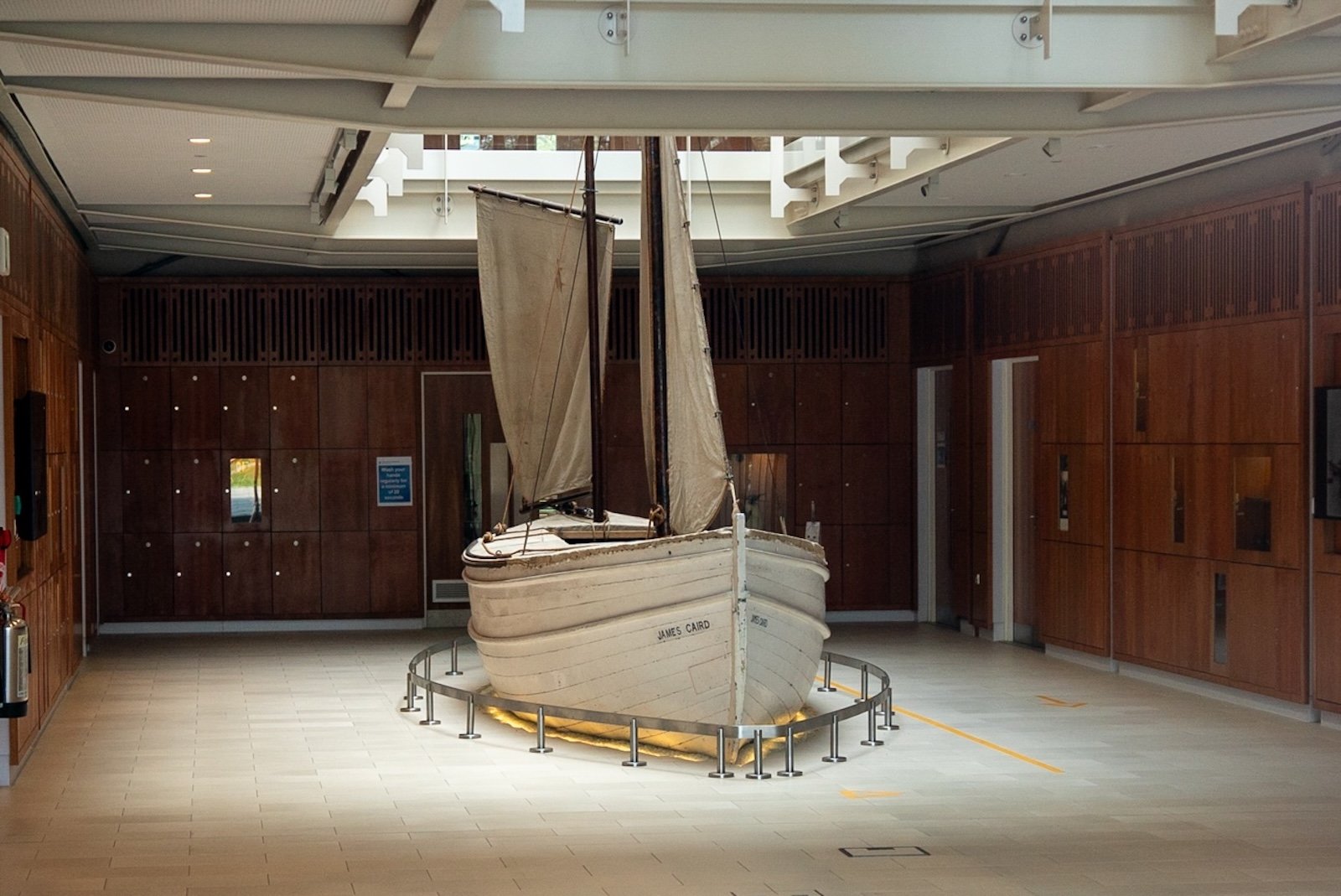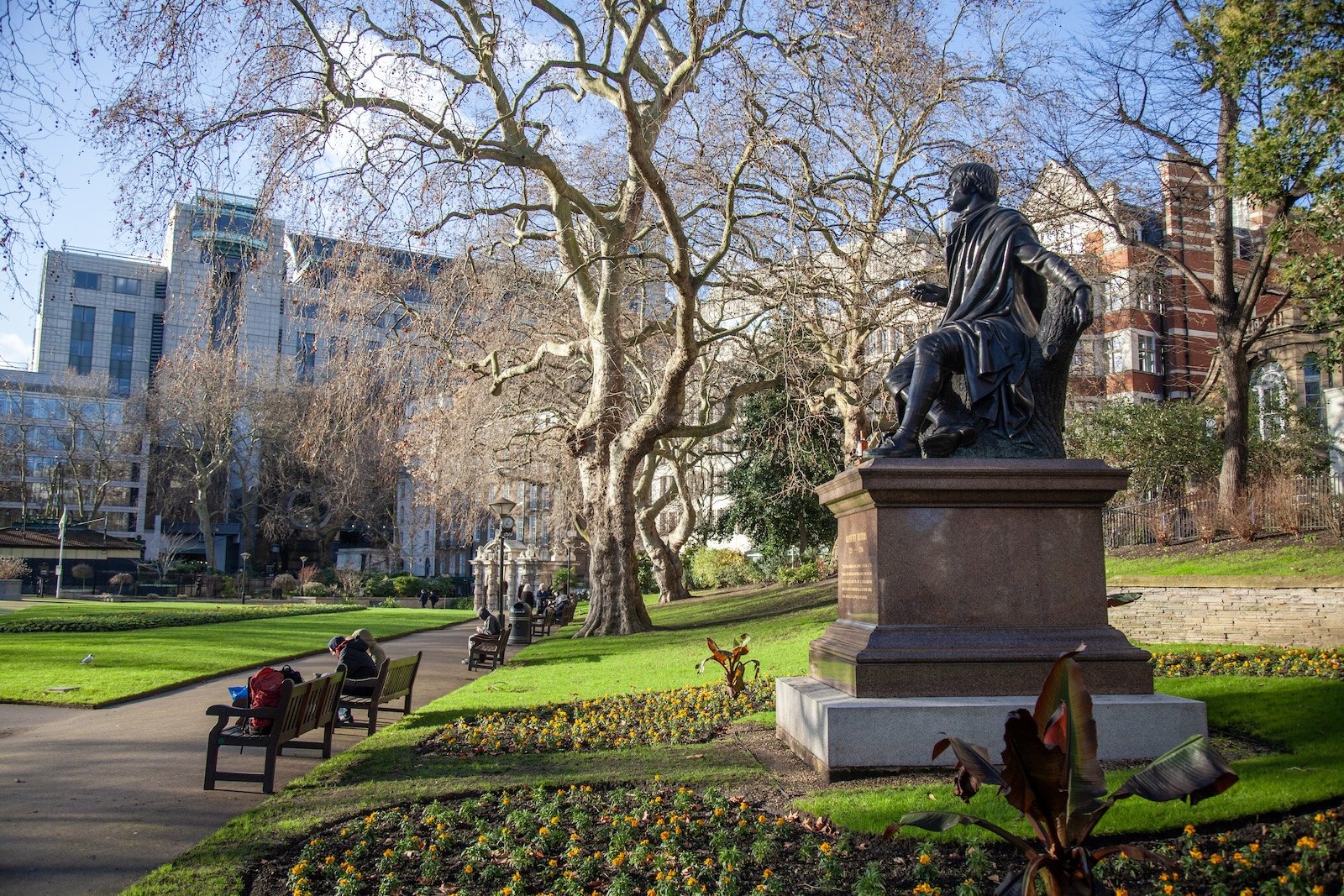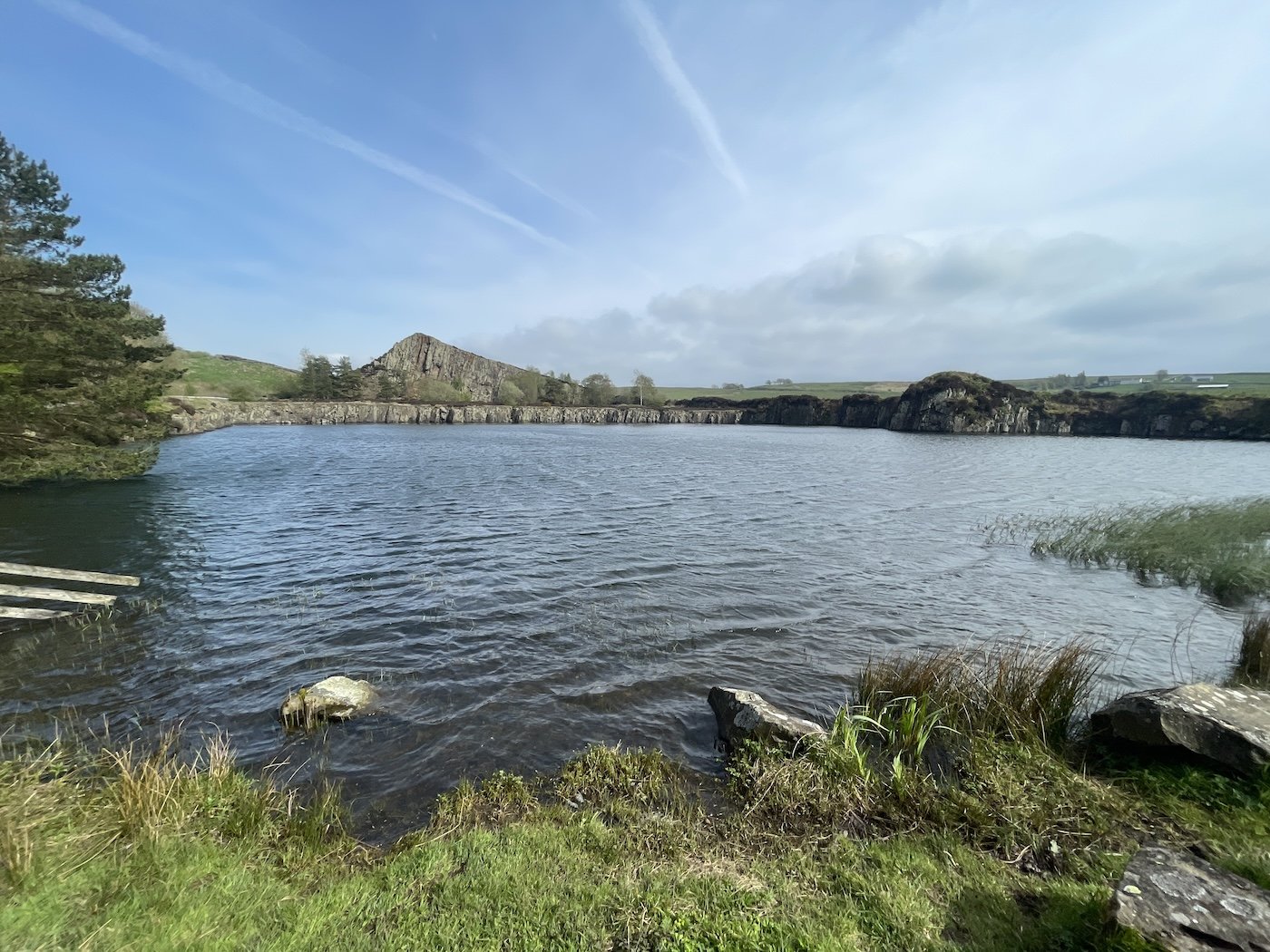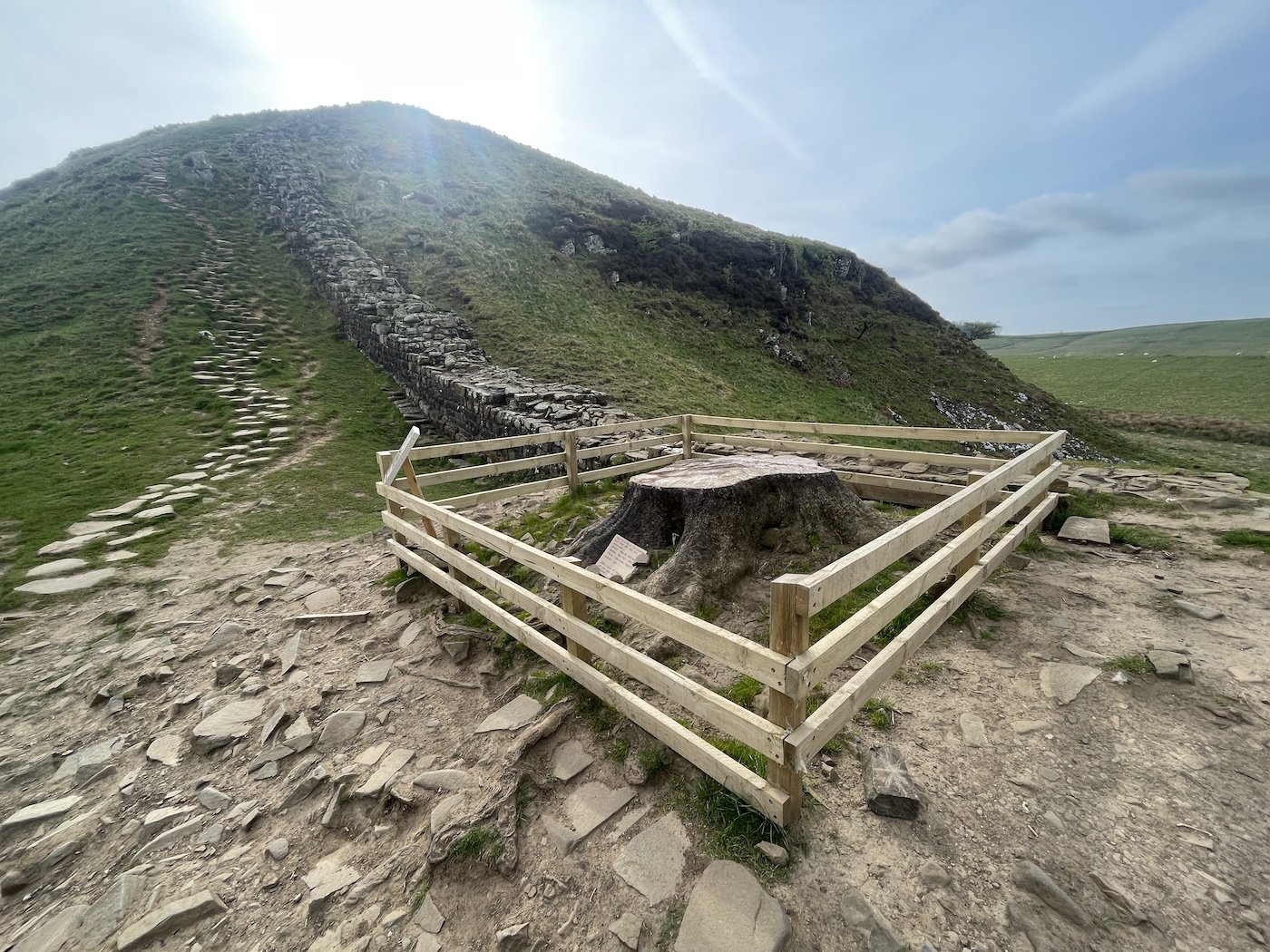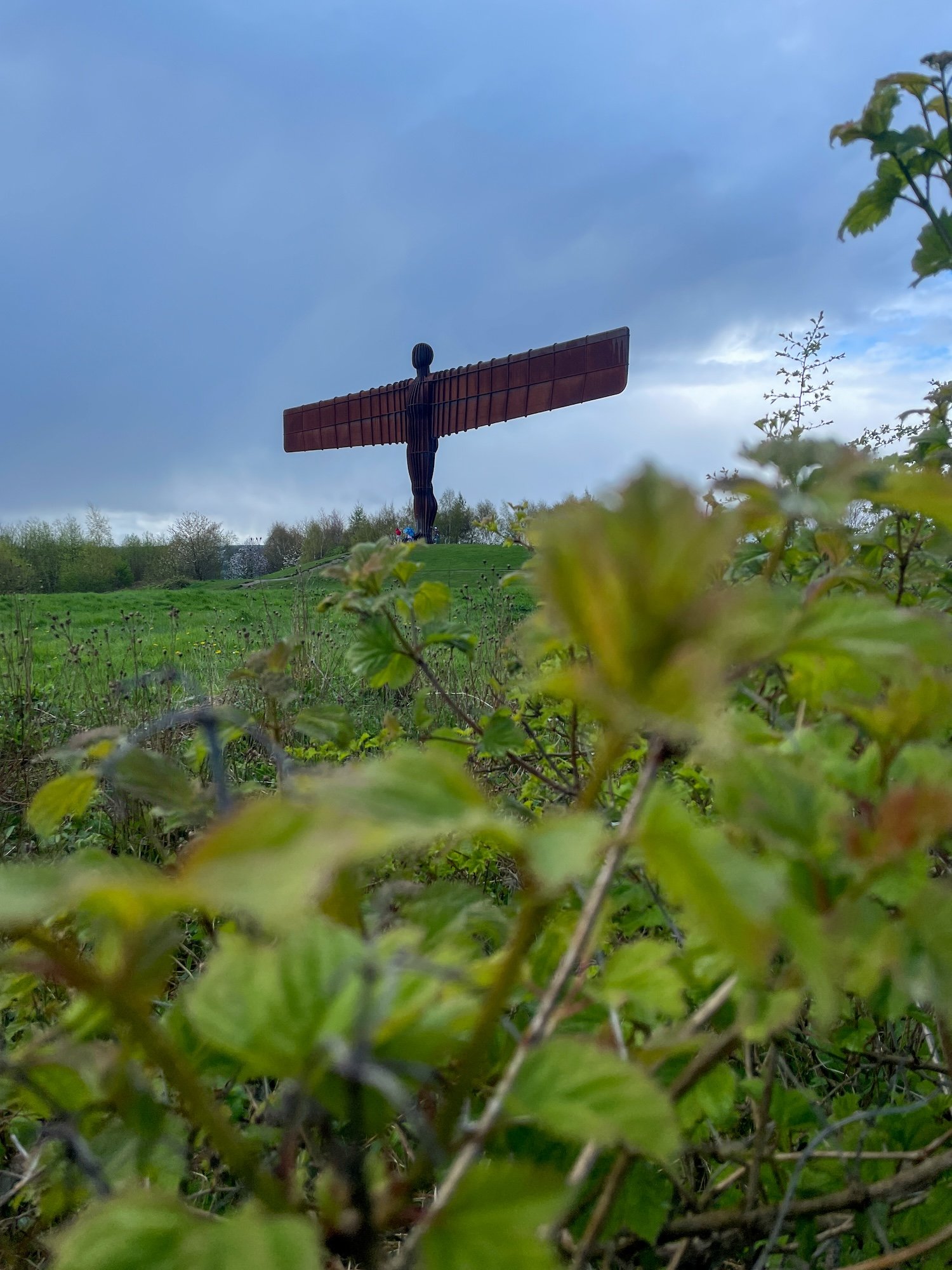Exploring the stunning Crag Lough

Image credit: Haus of Hiatus
Crag Lough is a picturesque lake nestled within the Northumberland National Park in Northumberland, England. It's renowned for its stunning natural beauty, surrounded by rugged crags and lush greenery, making it a popular destination for outdoor enthusiasts, particularly hikers, climbers, and birdwatchers.
The lake itself is situated within the Hadrian's Wall World Heritage Site, adding historical significance to its natural charm. The remains of Hadrian's Wall, a UNESCO World Heritage Site and a symbol of Roman Britain's northern frontier, can be found nearby, offering visitors a glimpse into the area's rich history.
Crag Lough is not only a scenic spot but also a haven for wildlife, with various bird species, including peregrine falcons, nesting in the crags surrounding the lake. This makes it a fantastic location for birdwatching enthusiasts to observe these majestic creatures in their natural habitat.
Outdoor activities abound in the area, with hiking trails offering breathtaking views of the surrounding landscape, and rock-climbing opportunities for those seeking an adrenaline rush. The tranquillity and natural beauty of Crag Lough make it a peaceful retreat for nature lovers and adventurers alike.
You might also like:
“Fortuna Favours the Brave” was the in-store launch event for Shackleton Ski at Shackleton’s flagship store on Piccadilly, London, held on 21 October 2025. It marked the debut of the brand’s new ski line and, in particular, the Fortuna Ski Suit, positioned as an all-terrain suit “born in Antarctica, tested by GB Snowsport coaches and destined for steeps worldwide.”
Over three days of talks, workshops and late-night bar conversations, the 2025 RGS Explore Weekend brought a restless mix of expedition planners, field scientists, medics, educators and first-time adventurers into one buzzing building at the Royal Geographical Society in London.
Located on Royal Hospital Road and originally opened in 1971, the National Army Museum in Chelsea, London, is a strikingly modern space that traces the history of the British Army and its evolving role in society.
Established in 1985, the Saatchi Gallery is a renowned contemporary art space located in the heart of Chelsea, London, at the Duke of York's Headquarters on King’s Road, and is one of the most influential art venues in the UK, known for its bold and innovative approach to displaying contemporary art.
A large reservoir and country park situated in the High Weald Area of Outstanding Natural Beauty (AOSB), that straddles the border between Kent and East Sussex, Bewl Water is the largest stretch of open water in the South East of England covering more than 800 acres.
Back in 2021, we we’re excited to visit the Bike Shed Motorcycle Club (aka BSMC), a unique venue that blends motorcycle culture with a stylish social space, to hear how British technology company, Gravity Industries, founded in 2017 by a former Royal Marine Reservist, Richard Browning, came to be.
Unveiled on 8 July 1992 by Baroness Margaret Thatcher, and standing proudly outside the former Royal Marines Museum in Portsmouth, The Yomper is an 18-foot bronze statue that honours the endurance, determination, and courage of the Royal Marines.
Dating back to 642 AD when the first Christian church was built in Winchester, Winchester Cathedral, one of the largest and most historically significant cathedrals in Europe, stands in the heart of the Hampshire city.
Designed by Sir Christopher Wren and built between 1696 and 1712, the Old Royal Naval College, located in Greenwich, London, is a masterpiece of British architecture and a UNESCO World Heritage Site.
Completed in 1841, the Ouse Valley Viaduct, also known as the Balcombe Viaduct, is a stunning example of Victorian engineering, located in West Sussex, England.
Founded in 1096 by Herbert de Losinga, the first Bishop of Norwich, Norwich Cathedral is one of the most stunning and historically significant buildings in England, located in the heart of Norwich, Norfolk.
Built in 1869 on the River Clyde in Scotland, the Cutty Sark, is one of the last and fastest British tea clipper ships preserved in Greenwich, London.
Purchased by Field Marshal Herbert Kitchener , 1st Earl Kitchener in the early 20th century, Broome Park is a historic country estate located near Canterbury in Kent, England.
Set in the atmospheric tunnels beneath Waterloo Station, the VC London takeover of the House of Vans was an electrifying collision of two empowering worlds: the rebel spirit of VC London and the creative energy of the House of Vans.
Created by artist Ray Lonsdale, the Tommy Statue, officially titled "1101," is a striking war memorial located in Seaham, County Durham, England.
Often referred to as the "Key to England”, Dover Castle, located in Kent, England, is one of the most iconic and historically significant castles in the UK.
Windsor Castle, located in Berkshire, England, is the world's oldest and largest inhabited castle, serving as a royal residence for over 1,000 years and remaining an official home of the British monarch.
The Royal Observatory Greenwich, located in London, England, is a historic site of immense scientific significance.
The James Caird, a 23-foot lifeboat, is one of the most significant artifacts from Sir Ernest Shackleton’s legendary 1914–1917 Endurance Expedition to Antarctica.
Robert Burns, born on January 25, 1759, in Alloway, Scotland, is celebrated as one of Scotland's greatest poets and lyricists, and his significant cultural influence is commemorated with a statue on Victoria Embankment Gardens.
The Barbican Conservatory in London is a hidden oasis nestled within the brutalist architecture of the Barbican Centre, one of the city's most renowned cultural landmarks.
With a few days in London, I decided to make a trip the Royal Geographical Society (RGS) to catch a special exhibition showcasing photographs from the ill-fated Everest expedition of 1924 where George Mallory and Andrew "Sandy" Irvine sadly disappeared.
Whilst having a huge interest in mountaineering and Everest, I didn’t know much about the early Everest expeditions not least the 1924 one.
If you’ve not heard of them, ‘The Longest Johns’ are a vocal group from Bristol, that came together through a shared passion for folk music, sea shanties, and maritime rock. Comprising Andy Yates, Dave Robinson, Jonathan “JD” Darley, and Robbie Sattin, the quartet began their musical journey by performing traditional songs and their own original compositions.
The information plaque mounted nearby highlights that it was made in 1846 by the Weardale Iron Company and was part of the Bolt's Law Railway Incline, the highest standard-gauge railway in the UK at the time, designed to transport iron ore and limestone from Rookhope to Tow Law Ironworks.
Crag Lough is a picturesque lake nestled within the Northumberland National Park in Northumberland, England. It's renowned for its stunning natural beauty, surrounded by rugged crags and lush greenery, making it a popular destination for outdoor enthusiasts, particularly hikers, climbers, and birdwatchers.
On my way to find the Haughton Green bothy, I stumbled upon the stunning Cawfields Quarry, a former limestone quarry within the Northumberland National Park.
In addition to its calming atmosphere Cawfields Quarry has historical significance.
The site contains remnants of Hadrian's Wall, a UNESCO World Heritage Site built by the Romans in the 2nd century AD to fortify their northern frontier in Britain. Hadrian's Wall runs along the northern edge of the quarry, and visitors can explore the remains of the wall and the nearby milecastle.
Seeing the Sycamore gap tree remnants was a truly sad experience.
HR4K is more than just a shop, gym, cafe, or hangout space; it's a vibrant lifestyle brand that brings together individuals who share common interests and values.
Founded by Ben Garwood, a former 22 SAS operator, HR4K serves as a community-focused hub where good people come together to connect, collaborate, and cultivate strong networks.
The National Memorial Arboretum in Staffordshire is a poignant and tranquil space dedicated to honouring the memory of those who have served and sacrificed for their country. Located near the village of Alrewas, the arboretum spans 150 acres (about 85 football pitches for context) of beautifully landscaped grounds, offering a place for remembrance, reflection, and commemoration.
If you’ve never heard if it before, the Angel of the North is a massive contemporary sculpture located in Gateshead, Tyne and Wear, England.
It was designed by the British sculptor Antony Gormley (Sir Antony Mark David Gormley OBE RA to use his full title!), it stands at an impressive height of 20 meters (66 feet) with a wingspan of 54 meters (177 feet). The sculpture was completed in 1998 and is situated on a hill overlooking the A1 and A167 roads, making it a prominent landmark visible to travellers passing through the area.
About the Author:
Chris is the founder of Hiatus.Design, a mission-driven branding and website design company that works with clients all over the world.
Over the course of his life, he has travelled to more than 60 countries across six continents, earned two Guinness World Records, completed the legendary Marathon des Sables, summited Mont Blanc and unclimbed peaks in Asia, become a Fellow of the Royal Geographical Society (FRGS), rowed across the Atlantic Ocean and obtained a Masterʼs degree in Business Management (MA).

